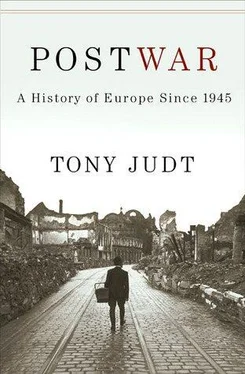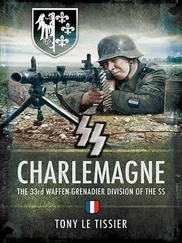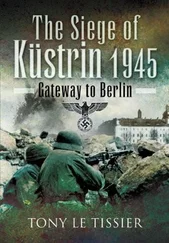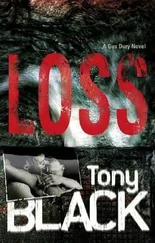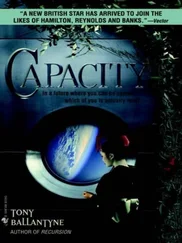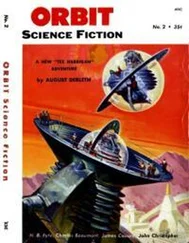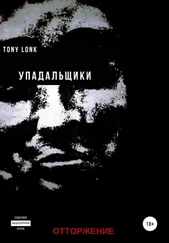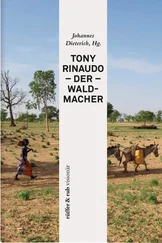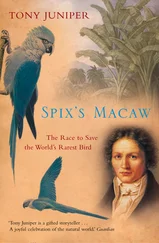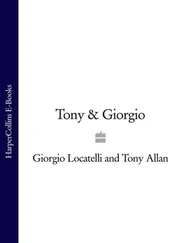Thirdly, and as a modest substitute for the defunct ambitions of Europe’s ideological past, there emerged belatedly—and largely by accident—the ‘European model’. Born of an eclectic mix of Social Democratic and Christian Democratic legislation and the crab-like institutional extension of the European Community and its successor Union, this was a distinctively ‘European’ way of regulating social intercourse and inter-state relations. Embracing everything from child-care to inter-state legal norms, this European approach stood for more than just the bureaucratic practices of the European Union and its member states; by the beginning of the twenty-first century it had become a beacon and example for aspirant EU members and a global challenge to the United States and the competing appeal of the ‘American way of life’.
This decidedly unanticipated transformation of Europe from a geographical expression (and a rather troubled one at that) into a rôle-model and magnet for individuals and countries alike was a slow, cumulative process. Europe was not, in Alexander Wat’s ironic paraphrase of the delusions of inter-war Polish statesmen, ‘doomed to greatness’. Its emergence in this capacity could certainly not have been predicted from the circumstances of 1945, or even 1975. This new Europe was not a preconceived common project: no-one set out to bring it about. But once it became clear, after 1992, that Europe did occupy this novel place in the international scheme of things, its relations with the US in particular took on a different aspect—for Europeans and Americans alike.
This is the fourth theme interwoven into this account of post-war Europe: its complicated and frequently misunderstood relationship to the United States of America. Western Europeans wanted the US to involve itself in European affairs after 1945—but they also resented that involvement and what it implied about Europe’s decline. Moreover, despite the US presence in Europe, especially in the years after 1949, the two sides of the ‘West’ remained very different places. The Cold War was perceived quite differently in western Europe from the rather alarmist response it aroused in the US, and the subsequent ‘Americanisation’ of Europe in the Fifties and Sixties is often exaggerated, as we shall see.
Eastern Europe, of course, saw America and its attributes rather differently. But there, too, it would be misleading to overstate the exemplary influence of the US upon eastern Europeans both before and after 1989. Dissident critics in both halves of Europe—Raymond Aron in France, for example, or Václav Havel in Czechoslovakia—were careful to emphasize that they did not regard America as any sort of model or example for their own societies. And although a younger generation of post-’89 eastern Europeans did aspire for a while to liberalize their countries on the American model, with limited public services, low taxes and a free market, the fashion has not caught on. Europe’s ‘American moment’ lay in the past. The future of eastern Europe’s ‘little Americas’ lay squarely in Europe.
Finally, Europe’s post-war history is a story shadowed by silences; by absence. The continent of Europe was once an intricate, interwoven tapestry of overlapping languages, religions, communities and nations. Many of its cities—particularly the smaller ones at the intersection of old and new imperial boundaries, such as Trieste, Sarajevo, Salonika, Cernovitz, Odessa or Vilna—were truly multicultural societies avant le mot , where Catholics, Orthodox, Muslims, Jews and others lived in familiar juxtaposition. We should not idealise this old Europe. What the Polish writer Tadeusz Borowski called ‘the incredible, almost comical melting-pot of peoples and nationalities sizzling dangerously in the very heart of Europe’ was periodically rent with riots, massacres and pogroms —but it was real, and it survived into living memory.
Between 1914 and 1945, however, that Europe was smashed into the dust. The tidier Europe that emerged, blinking, into the second half of the twentieth century had fewer loose ends. Thanks to war, occupation, boundary adjustments, expulsions and genocide, almost everybody now lived in their own country, among their own people. For forty years after World War Two Europeans in both halves of Europe lived in hermetic national enclaves where surviving religious or ethnic minorities—the Jews in France, for example—represented a tiny percentage of the population at large and were thoroughly integrated into its cultural and political mainstream. Only Yugoslavia and the Soviet Union—an empire, not a country and anyway only part-European, as already noted—stood aside from this new, serially homogenous Europe.
But since the 1980s, and above all since the fall of the Soviet Union and the enlargement of the EU, Europe is facing a multicultural future. Between them refugees; guest-workers; the denizens of Europe’s former colonies drawn back to the imperial metropole by the prospect of jobs and freedom; and the voluntary and involuntary migrants from failed or repressive states at Europe’s expanded margins have turned London, Paris, Antwerp, Amsterdam, Berlin, Milan and a dozen other places into cosmopolitan world cities whether they like it or not.
This new presence of Europe’s living ‘others’—perhaps fifteen million Muslims in the EU as currently constituted, for example, with a further eighty million awaiting admission in Bulgaria and Turkey—has thrown into relief not just Europe’s current discomfort at the prospect of ever greater variety, but also the ease with which the dead ‘others’ of Europe’s past were cast far out of mind. Since 1989 it has become clearer than it was before just how much the stability of post-war Europe rested upon the accomplishments of Josef Stalin and Adolf Hitler. Between them, and assisted by wartime collaborators, the dictators blasted flat the demographic heath upon which the foundations of a new and less complicated continent were then laid.
This disconcerting kink in the smooth narrative of Europe’s progress towards Winston Churchill’s ‘broad sunlit uplands’ was left largely unmentioned in both halves of postwar Europe—at least until the Sixties, after which it was usually invoked uniquely in reference to the extermination of Jews by Germans. With only the occasional controversial exception, the record of other perpetrators—and other victims—was kept closed. The history and memory of the Second World War were typically confined to a familiar set of moral conventions: Good versus Evil, Anti-Fascists against Fascists, Resisters against Collaborators and so forth.
Since 1989—with the overcoming of long-established inhibitions—it has proven possible to acknowledge (sometimes in the teeth of virulent opposition and denial) the moral price that was paid for Europe’s rebirth. Poles, French, Swiss, Italians, Romanians and others are now better placed to know—if they wish to know—what really happened in their country just a few short decades ago. Even Germans, too, are revisiting the received history of their country—with paradoxical consequences. Now—for the first time in many decades—it is German suffering and German victimhood, whether at the hands of British bombers, Russian soldiers or Czech expellers—that are receiving attention. The Jews, it is once again being tentatively suggested in certain respectable quarters, were not the only victims…
Whether these discussions are a good or a bad thing is a matter for debate. Is all this public remembering a sign of political health? Or is it sometimes more prudent, as De Gaulle among others understood all too well, to forget? This question will be taken up in the Epilogue. Here I would simply note that these latest hiccups of disruptive recall need not be understood—as they sometimes are understood (notably in the United States), when juxtaposed to contemporary outbreaks of ethnic or racial prejudice—as baleful evidence of Europe’s Original Sin: its inability to learn from past crimes, its amnesiac nostalgia, its ever-imminent propensity to return to 1938. This is not, in the words of Yogi Berra, ‘déjà vu all over again’.
Читать дальше
